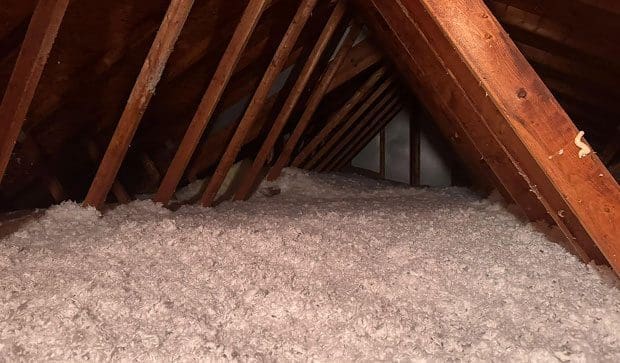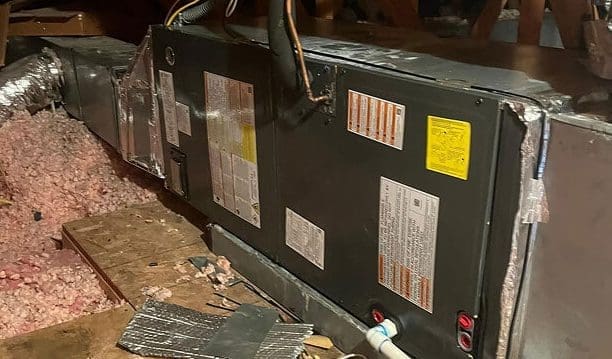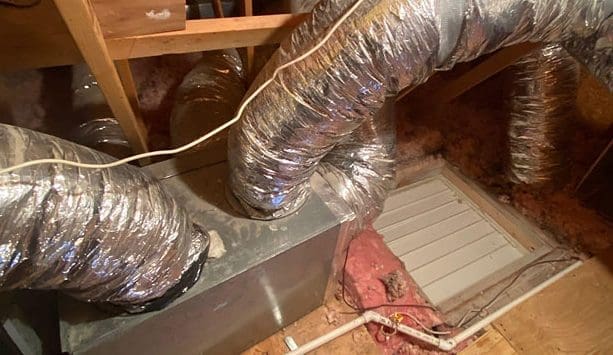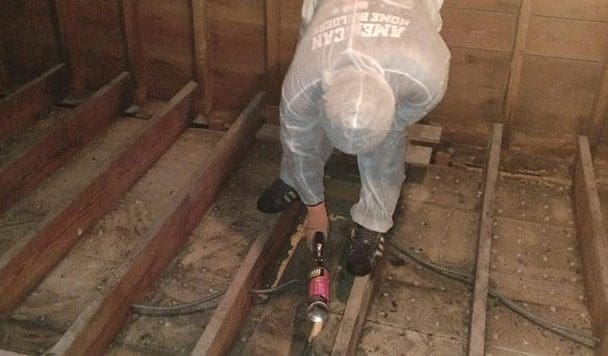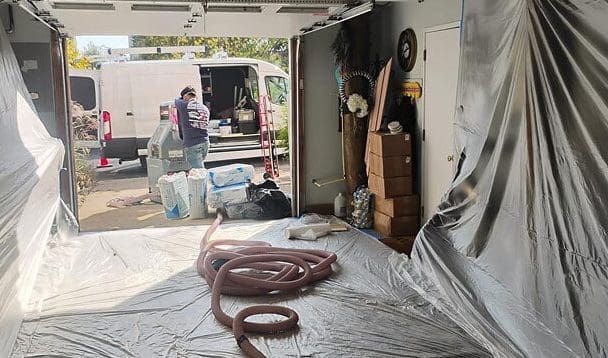
Get your HOME EVALUATION
Enter your information below

Understanding Summer Heat Transfer
How Heat Enters Your Home
Heat seeps into your home through your attic, walls, windows, and doors. In summer, rooftops absorb solar radiation, which then penetrates your attic. Walls conduct heat inward, and air leaks let hot air sneak into cool spaces. In Baltimore’s humid summers, this can overwhelm your HVAC system. Without insulation to resist heat flow, your home quickly becomes uncomfortable, and your energy bills spike. Understanding these entry points helps you take control of your home’s internal temperature.
The Science Behind Insulation
Insulation reduces the transfer of heat between your home’s interior and exterior. It’s rated by R-value, which indicates its resistance to heat flow. The higher the R-value, the better the material insulates. In summer, insulation slows heat from entering your living areas, allowing your air conditioner to work less frequently. This efficiency results in a more stable indoor climate and reduced energy costs. Properly selected and installed insulation is key to managing comfort and controlling monthly expenses.
Key Areas to Insulate for Summer Efficiency
Attic and Roof
The attic is the first place to address for summer insulation improvements. Roofs can reach 150°F on sunny days, and without insulation, that heat radiates into your home. Installing blown-in fiberglass or cellulose with a high R-value—at least R-38—is recommended for Baltimore homes. Radiant barriers also help reflect solar heat away from your attic. American Home Energy ensures thorough attic insulation and sealing to reduce heat buildup, easing the workload on your cooling system and increasing comfort.
Walls and Siding
Windows and Doors

Materials and Methods for Summer Insulation
Types of Insulation Materials
Installation Techniques
Benefits of Proper Summer Insulation
Reduced Energy Bills
Enhanced Indoor Comfort
Environmental Impact

Common Insulation Mistakes to Avoid
Overlooking Air Leaks
Using Inappropriate Materials
Not all insulation is suitable for every environment. Fiberglass batts can absorb moisture and lose effectiveness in humid areas like crawl spaces. Radiant barriers, while useful, are often ineffective without traditional insulation to accompany them. Choosing materials without regard to climate, building structure, or moisture conditions can lead to mold, degradation, or poor performance. Trusting professionals ensures you get the right material in the right place for long-term energy savings and reliability.
Ignoring Professional Advice






